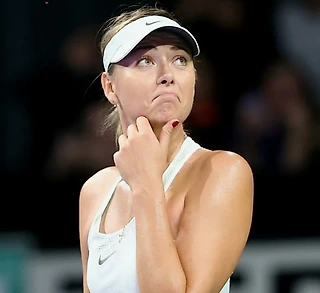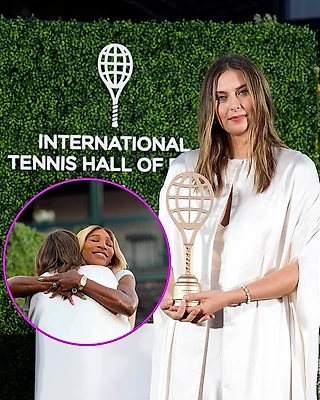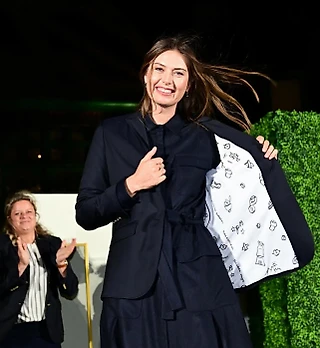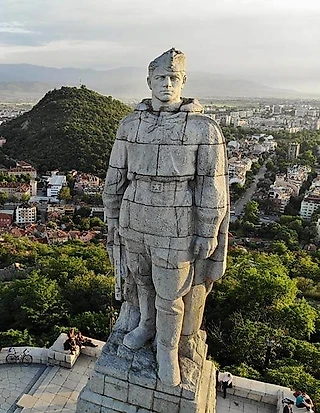Wimbledon diary: A closer look at qualifying rounds in Roehampton
In her first diary from Wimbledon 2016, Reem Abulleil takes us behind-the-scenes at the qualifying tournament in Roehampton, where players fight it out for a place on the grand stage.
by Reem Abulleil
24th June 2016
I went on a field trip to Roehampton on Friday to catch the final round of Wimbledon qualifying and it really is an experience every tennis fanatic/hipster should venture upon one day.
The qualifying matches for Wimbledon are played at the Bank of England Sports Ground, about four miles away from the All England Club, and the contrast in both venues could not be any more striking.
Making it through the qualifying rounds in Roehampton into the main draw at Wimbledon must feel like a football player moving from a third division club straight into Real Madrid – not because of a leap in competition level but because of the massive upgrade the players would get to experience once they’ve left behind the wilderness of the Bank of England Sports Ground and stepped into the swanky All England Club premises.
After navigating the large, soggy, rain-soaked field that reminded me of where my elementary school sports day was held when I was a kid, I got to the courts that are stuck side-by-side with nothing separating them except narrow aisles where ball kids take naps and spectators stand to watch one match, with their backs to another one taking place just behind them.
There were no seats, since apparently the chairs rented by the venue had to be returned yesterday because play was meant to end on Thursday, but was pushed over due to the rain (a fact disclosed by the always inquisitive Ben Rothenberg).
I took one of the players’ chairs from the vacant court behind me and turned it around in the narrow aisle – making sure I didn’t step on any sleeping ball kids – to watch the clash between Egypt’s Mohamed Safwat and Frenchman Tristan Lamasine, and gave it back when the players showed up for their match and needed the seat. I watched the rest of the Safwat match standing up – something you should be prepared to do if you visit Roehampton.
Just to get an idea of how close the courts are to one another, I was watching Safwat play on Court 7 while overhearing a conversation between Dennis Novak and umpire Eva Asderaki on Court 8 about the two black stripes in the Austrian’s otherwise white cap, which apparently violated Wimbledon’s all-white rule (which was funny considering we were in Roehampton not Wimbledon). ITF supervisor Laura Ceccarelli was brought in to weigh in on the matter before Novak was forced to change into a different all-white cap provided by the tournament.
The “big” matches in Roehampton are played on a couple of courts next to a small slope where spectators can sit on the grass to watch. Think of it as a miniature Henman Hill but without the crowds nor the home star to cheer on. A feature match next to that slope on Friday was between Novak and Edouard Roger-Vasselin.
The press centre is made up of two tiny trailer-like boxes – albeit with incredibly friendly staff – while the players’ area is a glassed-off tent crammed with competitors and their coaches. The surface of the courts is far from the pristine lawns of the All England Club, with the balls barely bouncing and players often falling face down.
If Wimbledon is tennis’ royal palace, Roehampton is the grass tennis’ ghetto that makes sure lower-ranked players remember where they came from before earning a place amongst the elite.
I watched Safwat lose and miss out on becoming the first Egyptian to feature in the Wimbledon main draw since 1980, before I took a car back to the All England Club.
It may have been a 10-minute ride but both venues are truly worlds apart.
>










